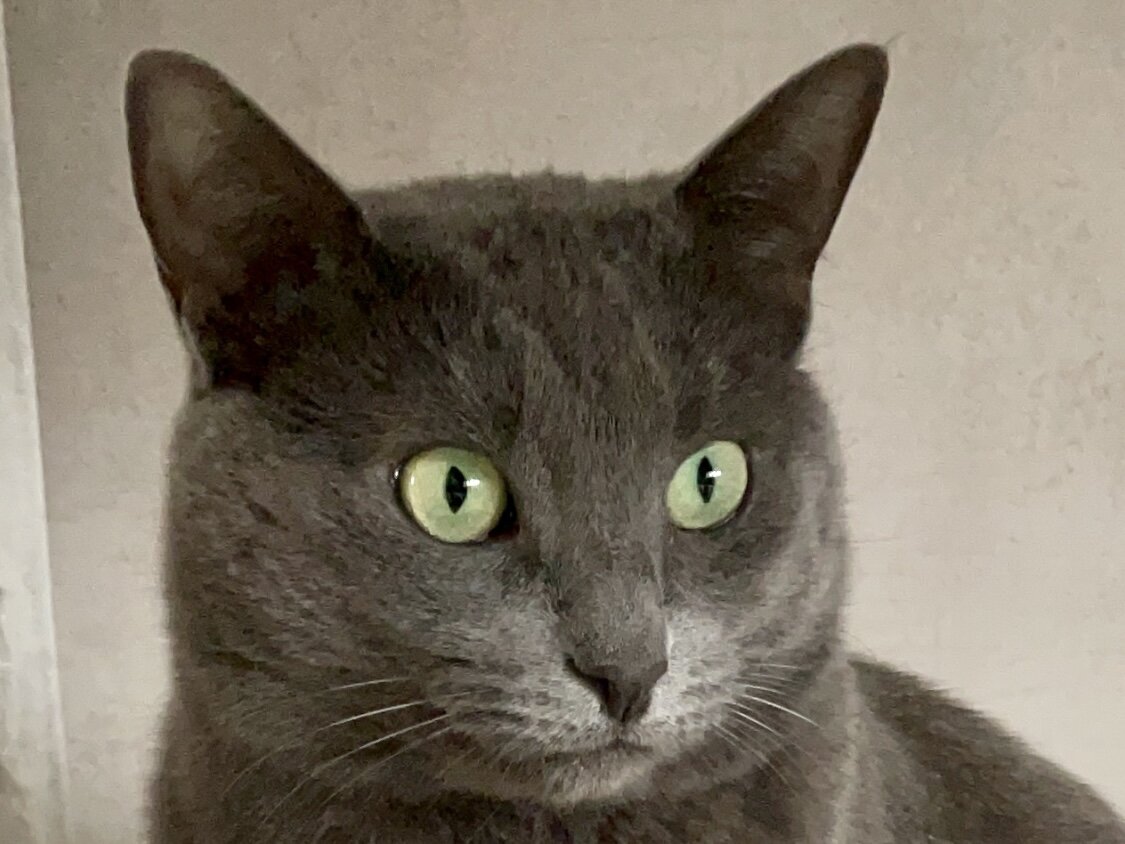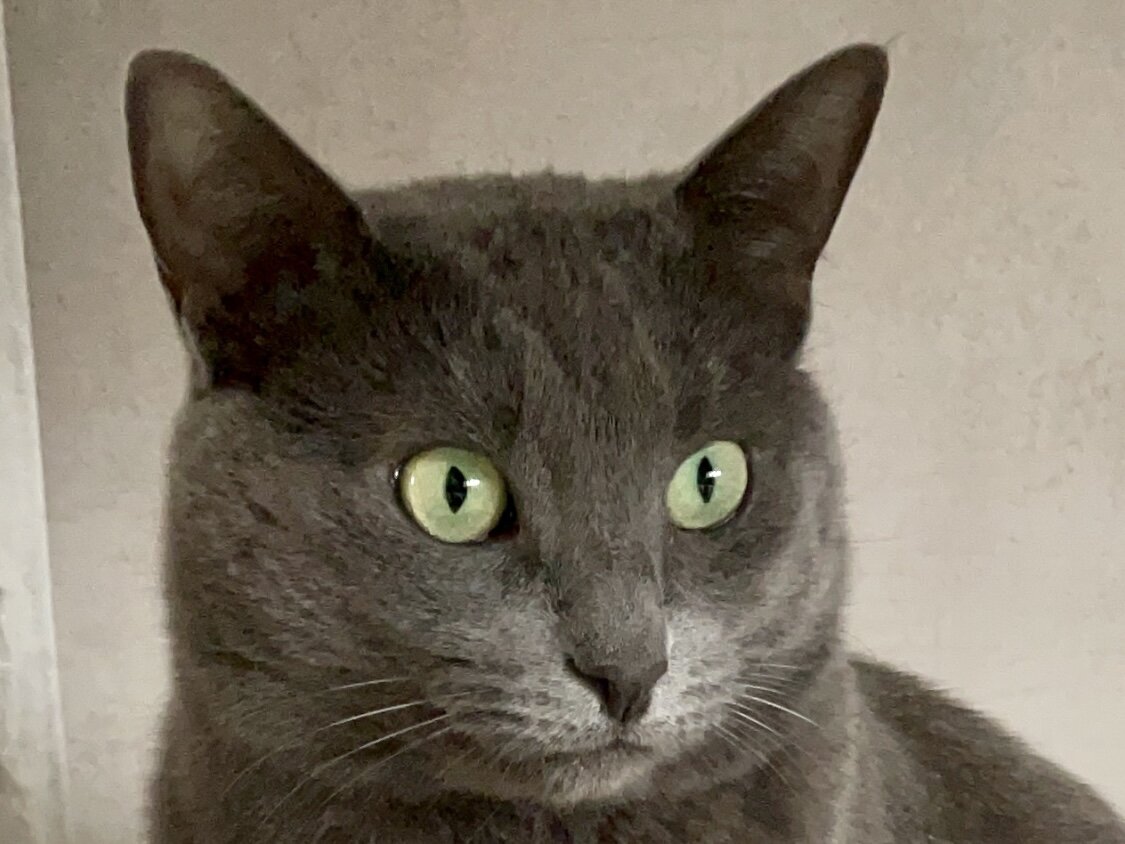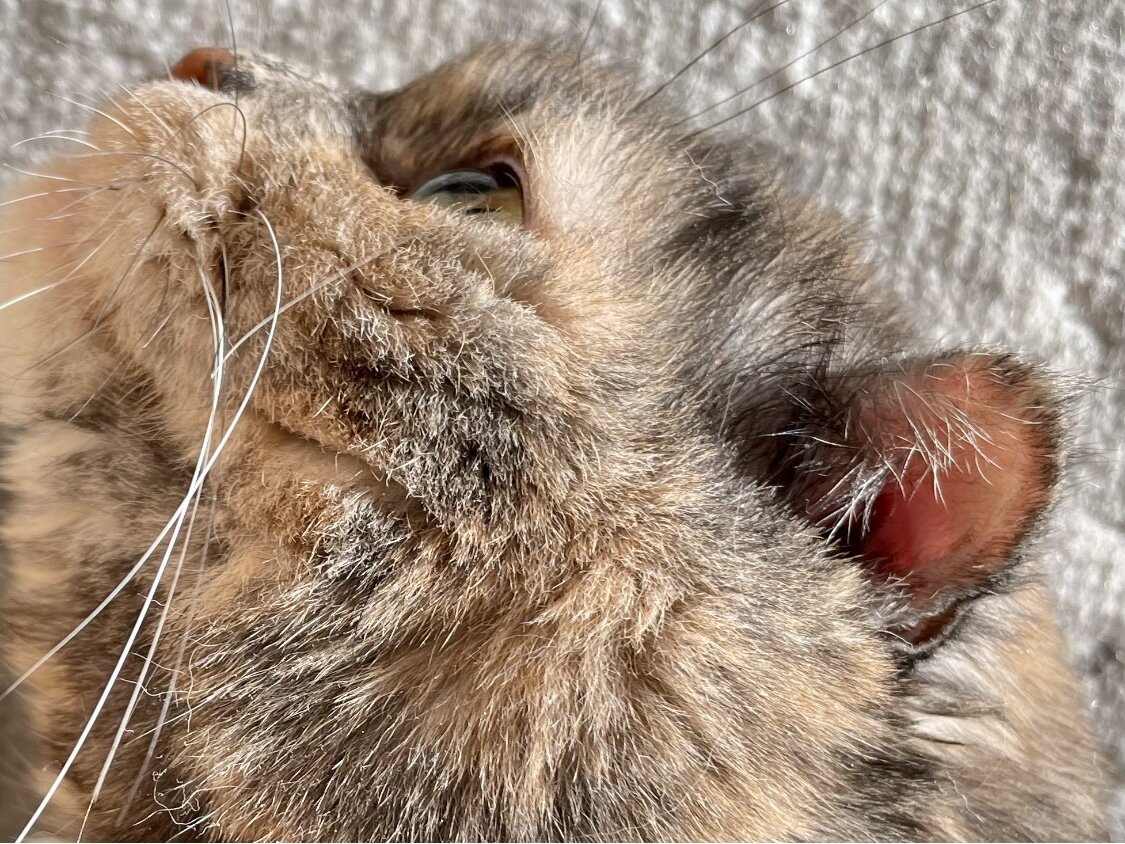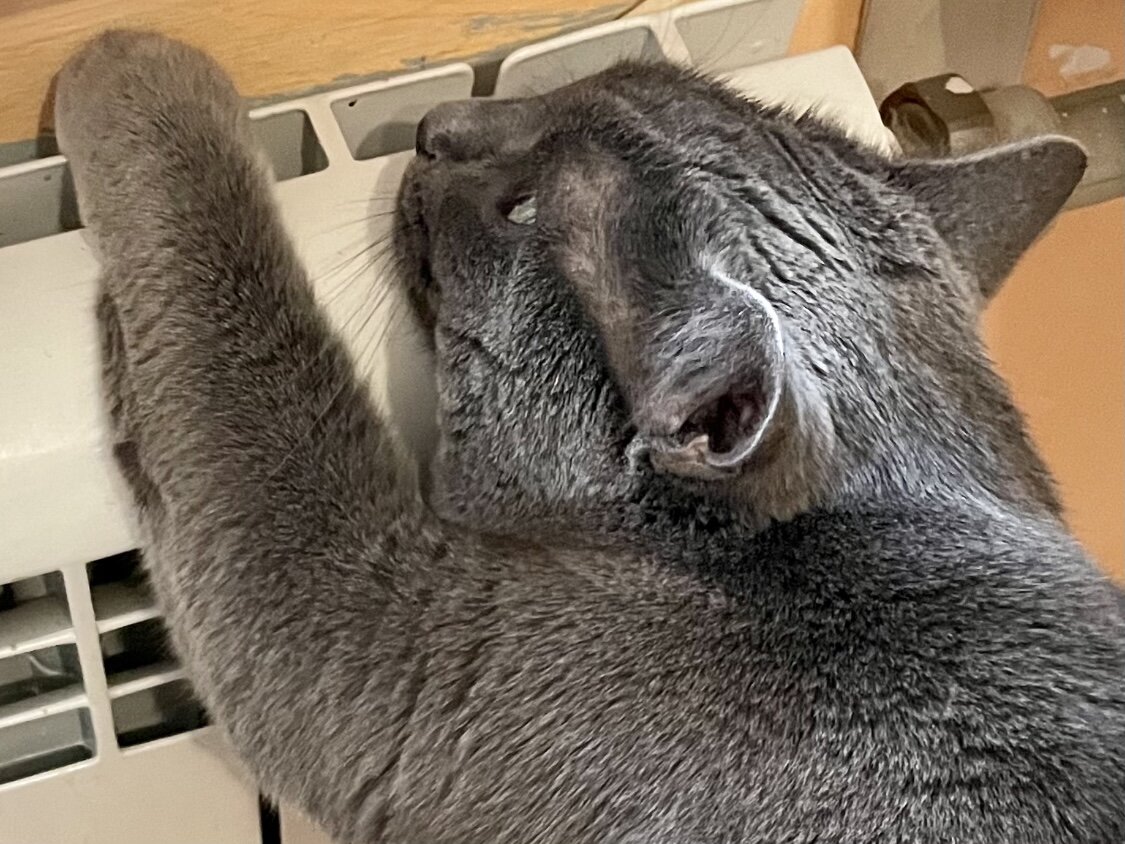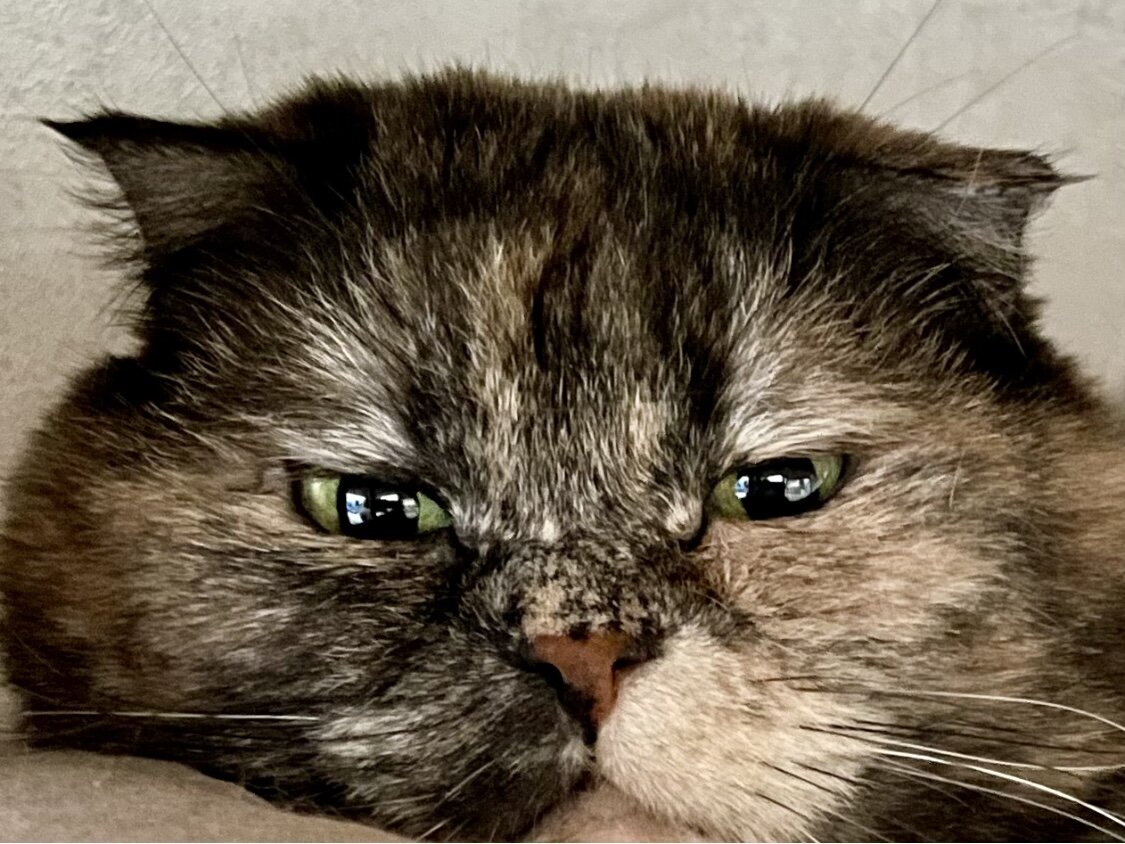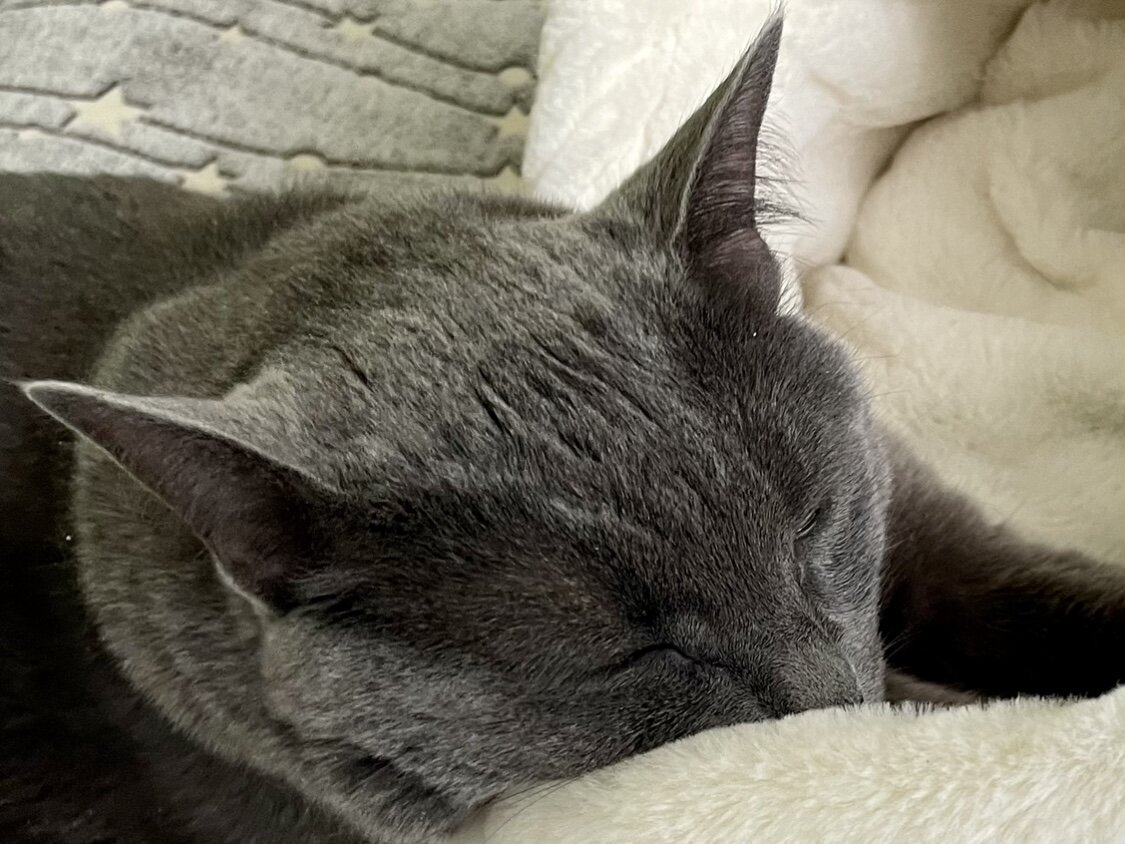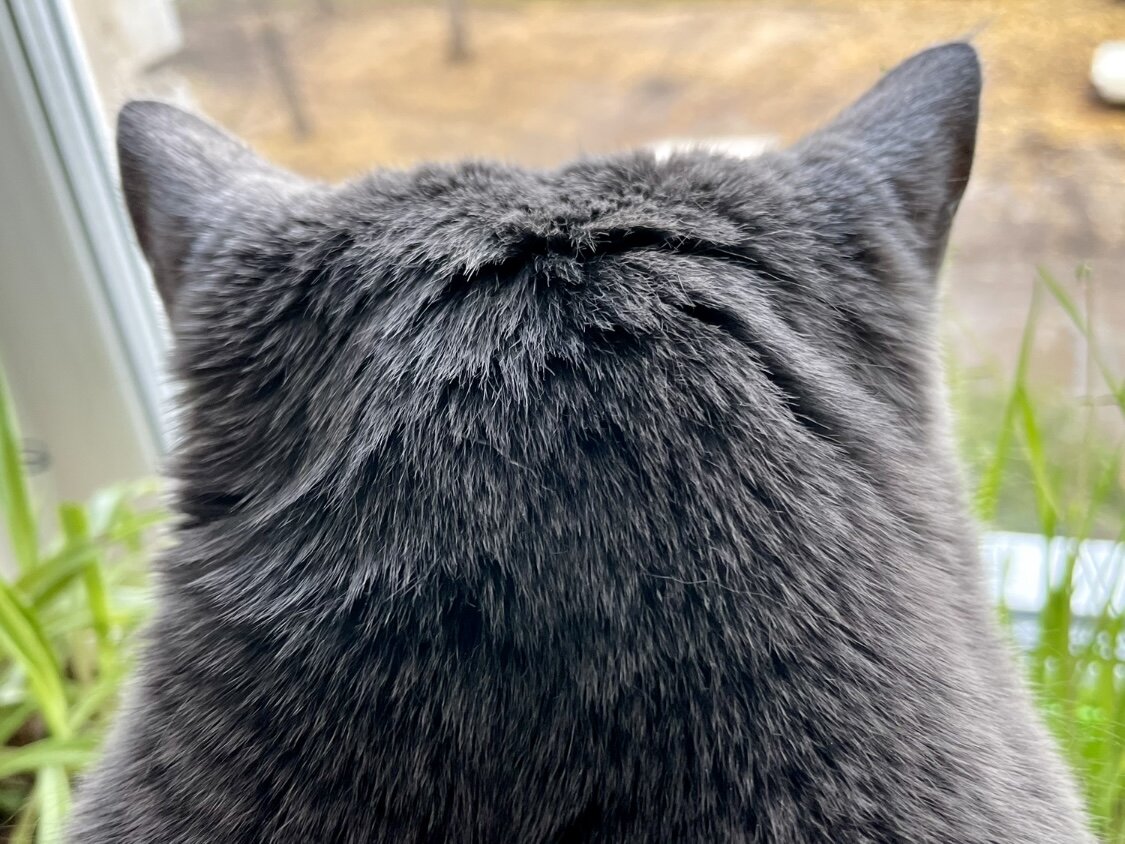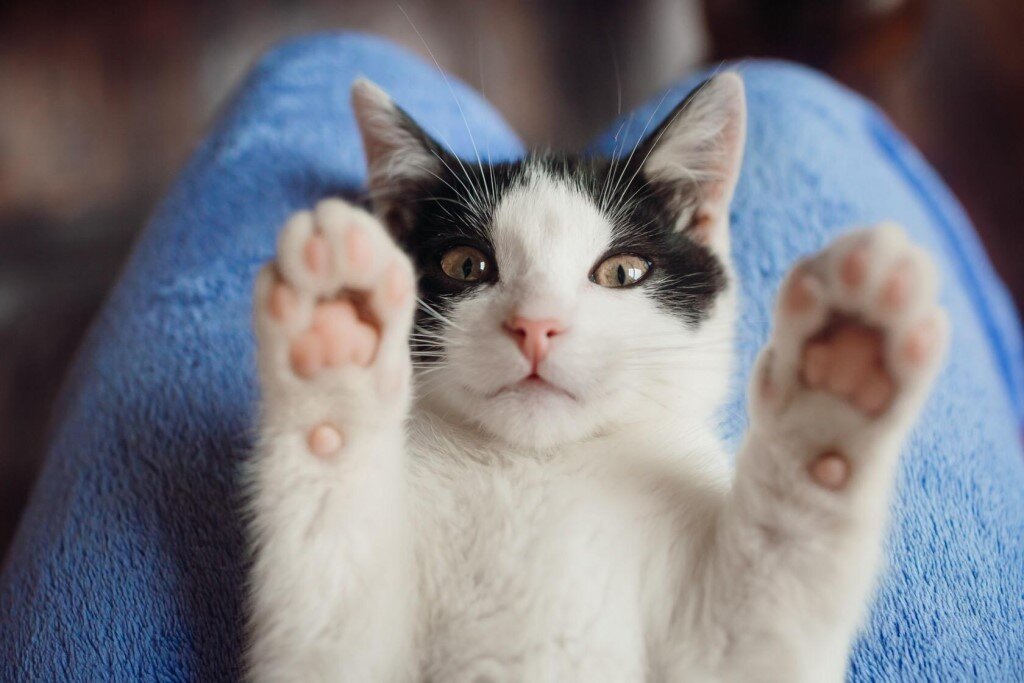If you touch the ears of your pet, who is peacefully resting from their righteous deeds, you may sometimes feel that their ears are cool.
Why cats may have cold ears
The thing is, cats release excess heat from parts of their body that are not covered in fur.
For example, this is very relevant in hot weather, when a purring cat can leave wet traces from its paws on the floor.
This is how cats sweat, cooling themselves by excreting fluid through the skin, where there is no dense fur cover.
That's why domestic cats may have cool ears and noses.
By the way, many owners determine the health of their pet by their nose.
If it is cool and moist, everything is fine, but if it is dry and hot, then you should pay attention to the cat.
However, it is important to consider that this rule does not always work; you should also look at the overall condition of the animal and other accompanying signs.
A hot nose can also occur after sleep or when a cat has been actively playing and running around.
Causes of cold ears in cats:
1. Lack of blood vessels
Speaking of a cat's cold ears, it is worth noting that not only are they sparsely covered with fur, but they also have few blood vessels.
A cat's ear is usually cartilage tissue covered with a thin layer of skin. And as we know, blood provides warmth. No vessels, no blood, no warmth. This can explain why the tops of our pets' ears are often cool.
Closer to the head, where the ear widens, where the ear canal is located, cold is no longer felt.
2. Simply cold
However, cold ears are not always normal for cats. If the animal curls up, snuggles against the battery, it is possible that it is actually cold. In this case, not only the ears, but also other parts of the body will be cold.
In this situation, the cat needs help, possibly dressing it, moving it to a warmer room, increasing the heating in the house, or turning on an additional fireplace.
3. Heart disease
Cold ears can also be a sign of illness in the animal. It is also possible that the pet's ears not only become cool, but even icy. Besides a change in temperature, they may also change color - become excessively pale or even bluish. This indicates that the cat may have problems with the cardiovascular system. In this case, it should be taken to the veterinarian for necessary help.
This condition usually occurs in older animals or those suffering from obesity.
4. Poisoning
Cold ears can also be a symptom of intoxication. This happens due to dehydration during animal poisoning. In addition to cold ears, the cat may vomit, experience weakness, lethargy, and a sickly appearance.
5. Pregnancy
Pregnant cats suffering from toxemia may also have cold ears at times.
6. After surgery
Owners should also pay attention to their pet after surgery (castration/sterilization). During the postoperative period, their ears may also be quite cold. In this case, it is helpful to wrap the cat up or place a warm compress nearby.
In any case, typically cool/cold ears in a cat in its normal condition and appearance should not alarm owners. It is normal for the animal. If cold ears are accompanied by other atypical signs of deviation in behavior or health, then it is a reason to pay attention to the pet and show it to a vet.

